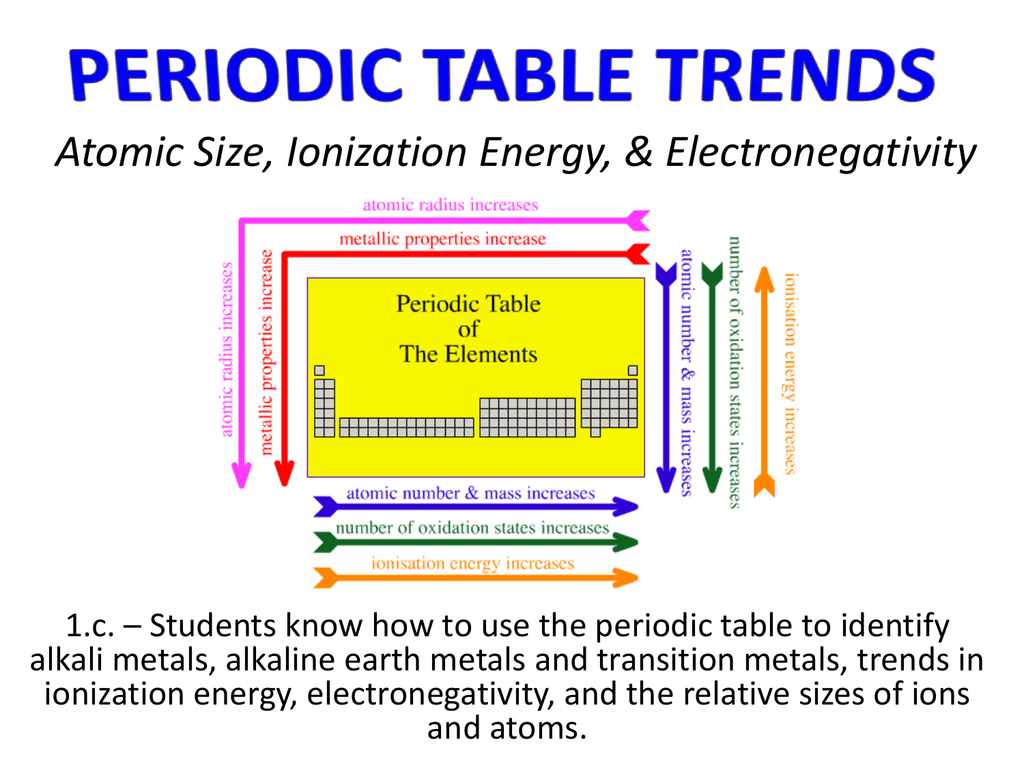
Another way is well whatĪbout if you have 2 atoms, 2 atoms of the same element that are bonded to each other? They're bonded to each other Influence happening here, but just the minimumĭistance that you might see between these 2 and then And if you could figure out that distance, that closest, that minimum distance, without some type of, you know, really, I guess, strong So, you would kind of see, what's the closest that they can, they can kind of get to each other? So let's say that's one of them and then this is the Get them to each other without them bonding. Have 2 of the same atom, that are- 2 atoms of the same element that are not connected to each other, that are not bonded to each other, that are not part of the same molecule, and you were able to determine somehow the closest that you could One technique for thinking about this is saying, okay, if you So electrons, these orbitals, these diffuse probability distributions, they don't have a hard edge, so how can you say what the size of an atom actually is? There's several techniquesįor thinking about this. But there's some probability that it's going to be over there. But in the next moment, there's some probability The outermost electron we'd say is there. And so you might say, well at a moment the electron's there. Probability that the electrons are over this, like this over here. That the electrons are in this area right over here and some probability that the electrons are in this area over here, and let's say even a lower It would actually be in 3 dimensions, where maybe there's a high probability that the electrons where I'mĭrawing it in kind of this more shaded in green. So, you might have an orbital, and I'm just showing you in 2 dimensions. Probability distributions of where the electrons can be, but they're not that well defined. They are in orbitals which are really just Orbits the way that planets are in orbit around the sun and we've talked about Right way to conceptualize how electrons or how they move or how they are distributed The outermost electron and we could call that the radius." That would work except for the fact that this is not the I just figure out the distance between the nucleus and That's easy to figure out the atomic radius.


When they conceptualize an atom they imagine a positive nucleus with the protons in theĬenter right over here then they imagine theĮlectrons on these fixed orbits around that nucleus so they might imagine some electrons in this orbit right over here, just kind of orbiting around and then there might be a few more on this orbit out here orbiting around, orbiting around out here. Well what's the distance between the center of that circular object and the edge of it. If I'm trying to calculate the radius of some type of circular object I'm just thinking about Think well this might be a fairly straight-forward thing. Voiceover: Let's think a little bit about the notion of atomic size or atomic radius in this video.


 0 kommentar(er)
0 kommentar(er)
